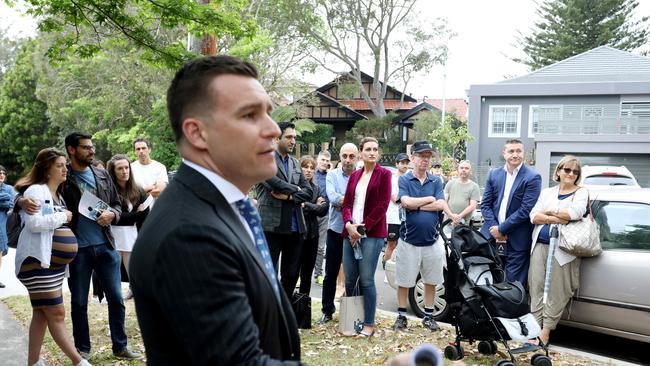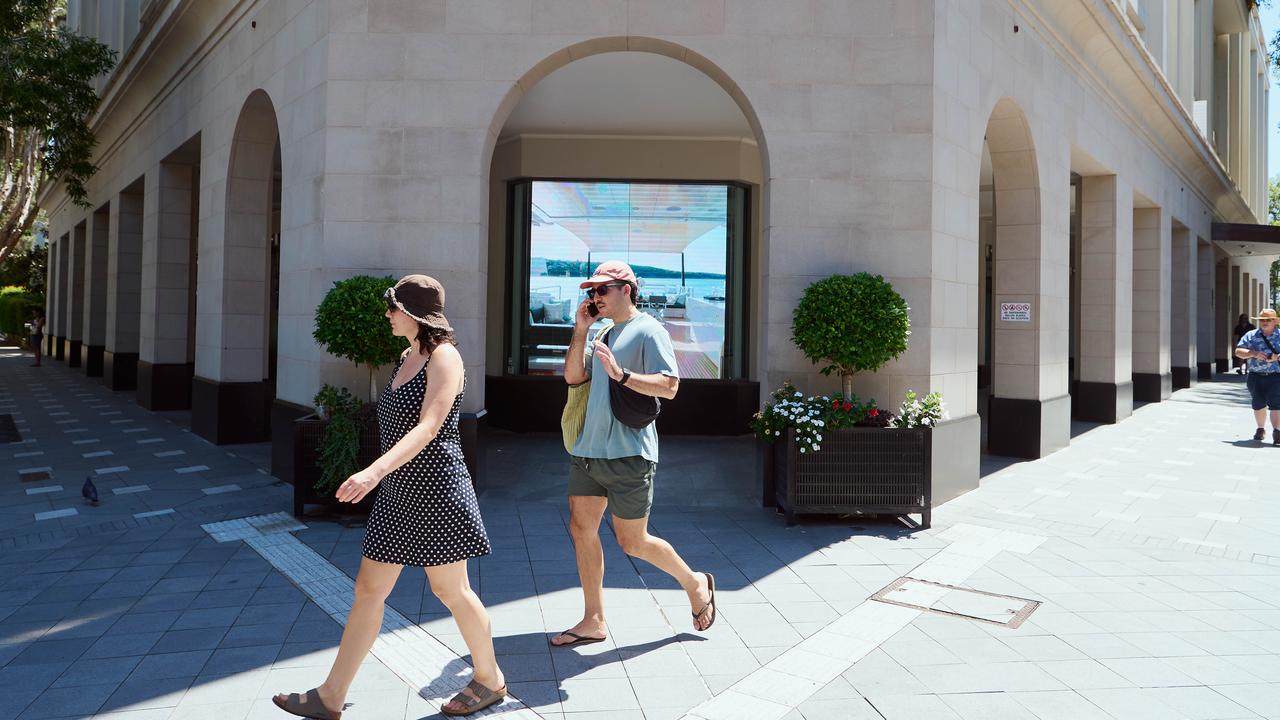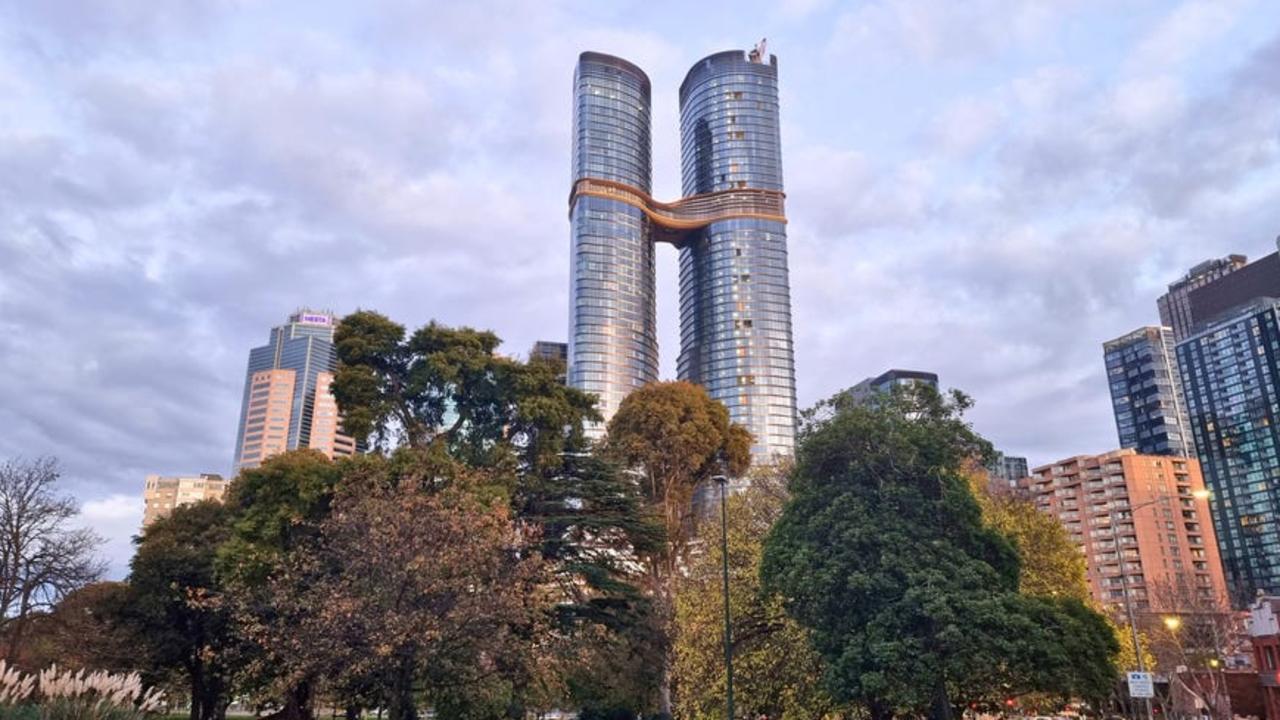Sydney housing price growth set to cool, SQM predicts
Sydney housing price growth is set to cool next year, while Melbourne prices will only lose a little of their momentum.

Sydney housing price growth is set to cool next year while Melbourne prices will only lose a little of their momentum, new forecasts show.
Price growth looks set to remain positive for both cities and a correction has been avoided because of strong population growth and the bank regulator’s moves to crack down on risky lending, according to SQM Research.
But ratings agency Moody’s said housing affordability was getting worse and warned of the risks of Australia’s high level of household debt.
The warnings come as the five year bull run in Australia’s east coast housing markets has been showing signs of cooling, with price growth already slowing in the wake of clamps on lending to investors and buyer exhaustion.
But commentators have tipped that the outlook could be different between the largest capital cities as the high concentration of investors in Sydney means clamps on investor lending are having the greatest impact there.
Sydney housing prices look set to rise between 4 and 8 per cent during 2018, slower than the 10.5 per cent lift during the 12 months to September, SQM Research said.
But Melbourne housing prices would put on another 7 to 12 per cent, after increasing 12.1 per cent in the year to September.
The capital city average was set to slip to a range of 4 to 8 per cent, down from 8.5 per cent over the year to September, while Hobart was likely to see the highest gains of up to 13 per cent.
The forecasts assume the cash rate remains at its historic low of 1.5 per cent, the economy stays steady, the Australian dollar continues to trade at between US75 cents and US85 cents and the bank regulator does not take any further action.
If interest rates were to rise, the price growth would likely be less in both cities, the forecasts said.
“Through the actions of [bank regulator] APRA earlier this year, a possible deeper housing correction in Sydney and Melbourne has been averted, for now,” SQM founder Louis Christopher said.
“Accelerated population growth rates in Melbourne and Sydney have enabled the cities to avoid severe property downturns.”
But he warned that housing would become less affordable as property price growth outpaced wages growth.
Meanwhile, ratings agency Moody’s said housing affordability had been getting worse over the year to September, when measured as the share of household income needed to meet mortgage repayments.
But a “slight decline” in Sydney prices from high levels meant the city had become more affordable, “a positive development in a city where housing affordability has deteriorated considerably since 2012,” Moody’s vice president and senior analyst Alena Chen said.
Sydney remained the least affordable city in Australia, while Melbourne was becoming less affordable.
The ratings agency warned that rising household debt meant there was a risk of some households getting behind in their mortgage payments.
Australian households with two income earners needed 28.7 per cent of their income to pay the mortgage in September, up from 27.4 per cent the year before, Moody’s said.




To join the conversation, please log in. Don't have an account? Register
Join the conversation, you are commenting as Logout